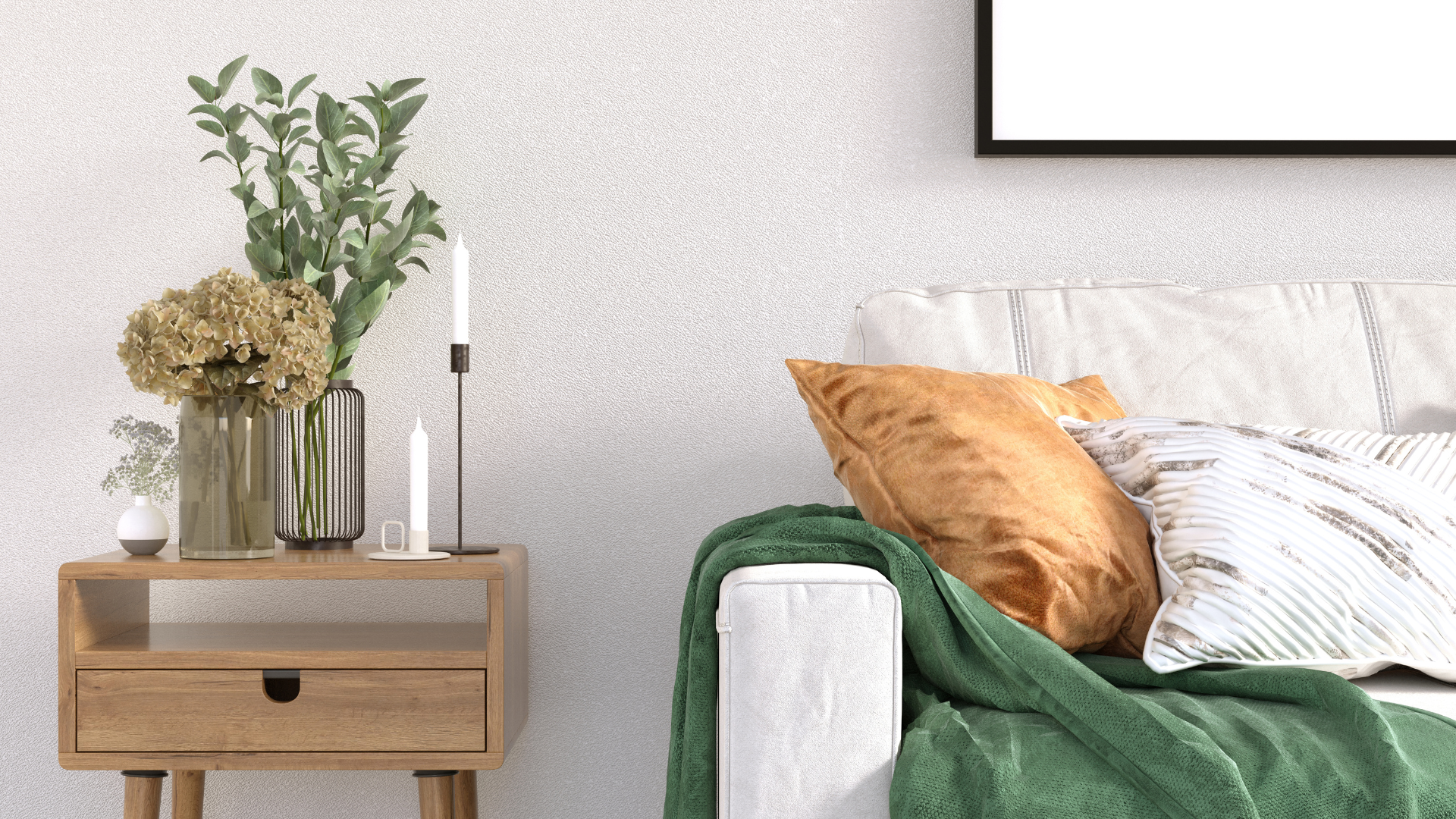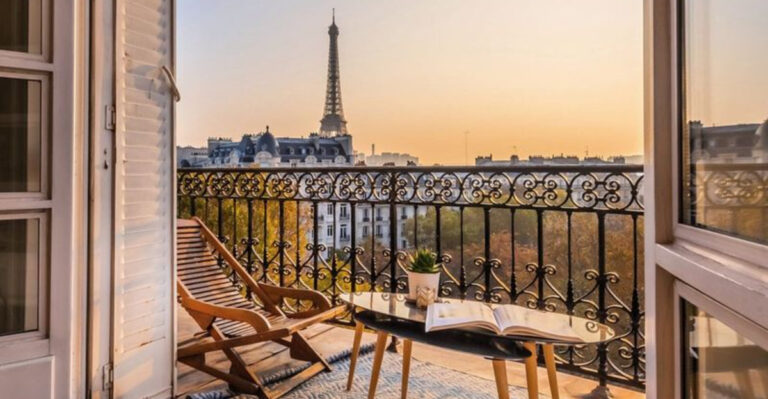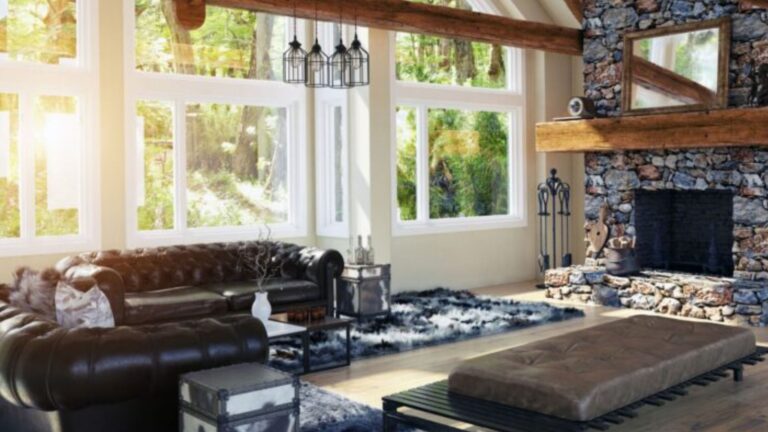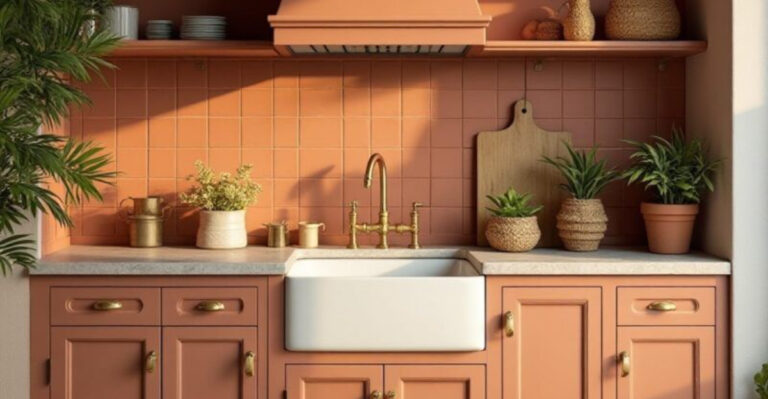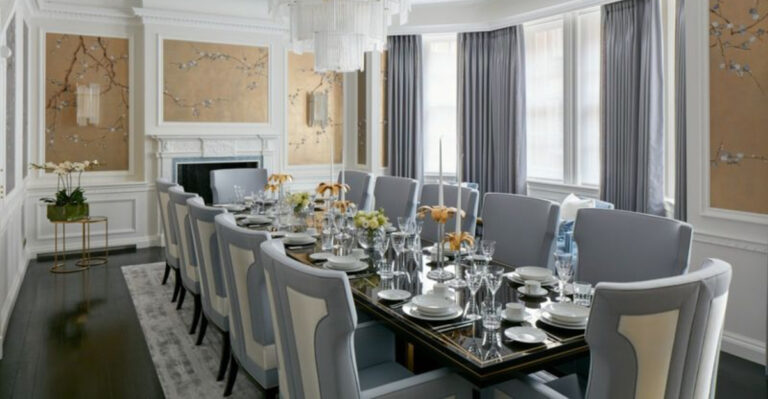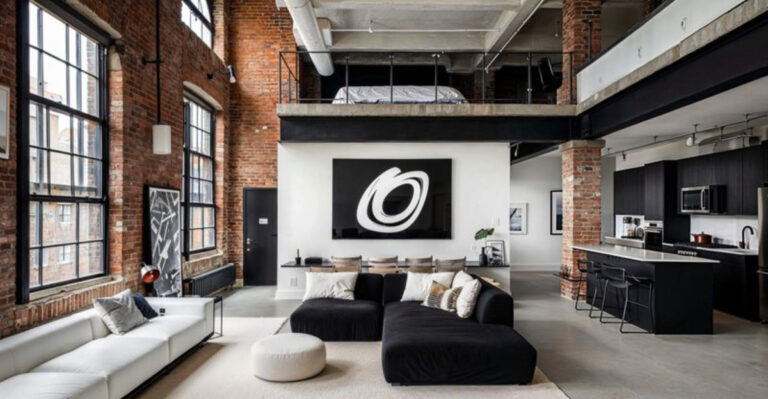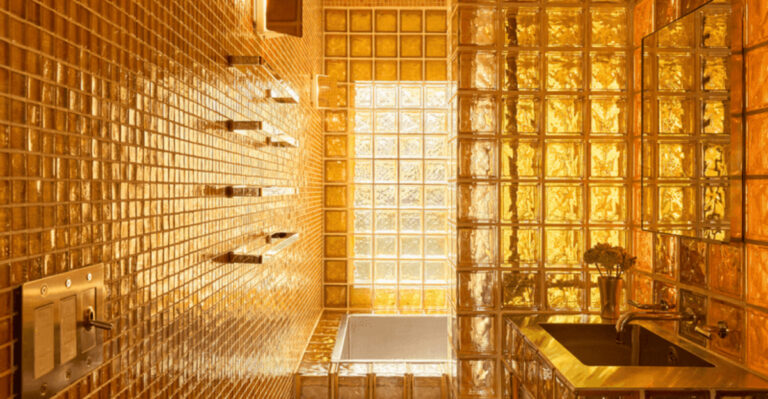18 Items Designers Always Save On When Decorating Their Own Homes
Ever wonder what interior designers actually spend their own money on? Honestly, they’re a lot like the rest of us, trying to make their homes look nice without spending a fortune.
Sure, they might go all out for a client’s space, but when it comes to their own homes, there are certain things they’re totally fine buying on a budget. It’s a bit reassuring, really.
We’ll take a look at some of the everyday items designers don’t mind saving on, and why spending less doesn’t always mean sacrificing style.
1. Basic White Dishes
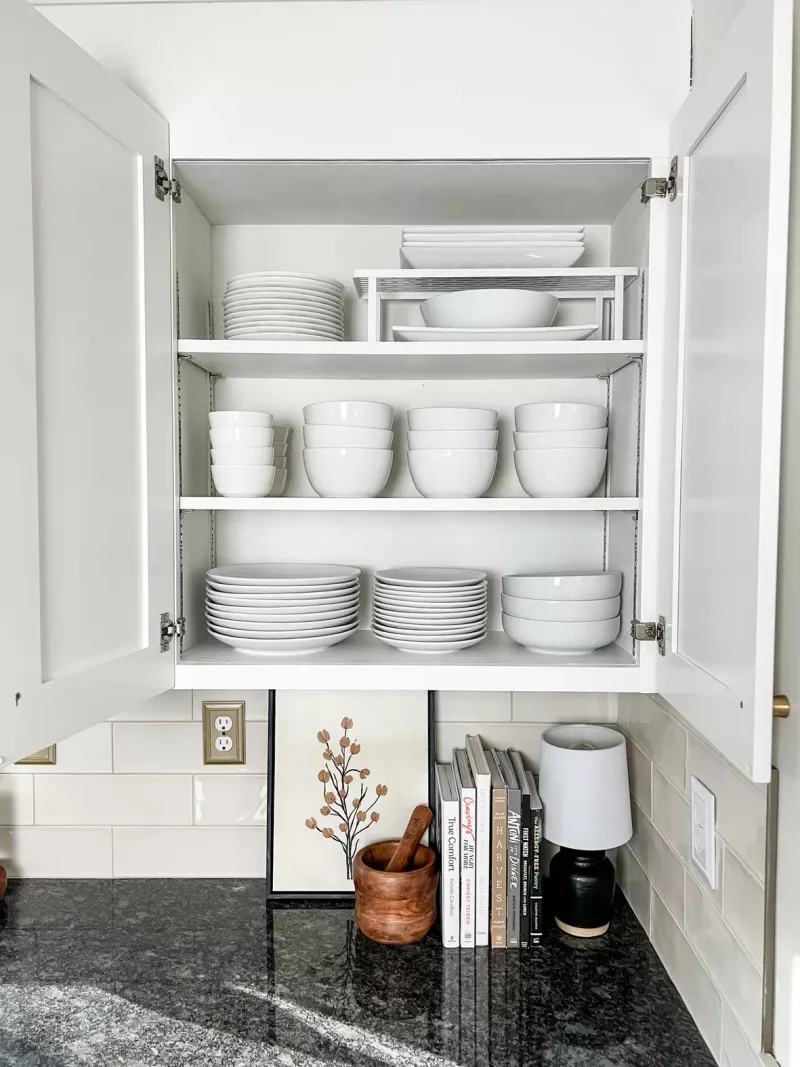
Professional designers know fancy dinnerware isn’t worth the splurge. Plain white plates from discount stores work just as well for daily use and food photography.
The neutral backdrop makes any meal look restaurant-worthy without the hefty price tag. Most designers keep their everyday dishes affordable and save the big bucks for unique serving pieces that make a statement.
Besides, white dishes never go out of style and can be mixed with more expensive accent pieces when company comes over.
2. Throw Pillows
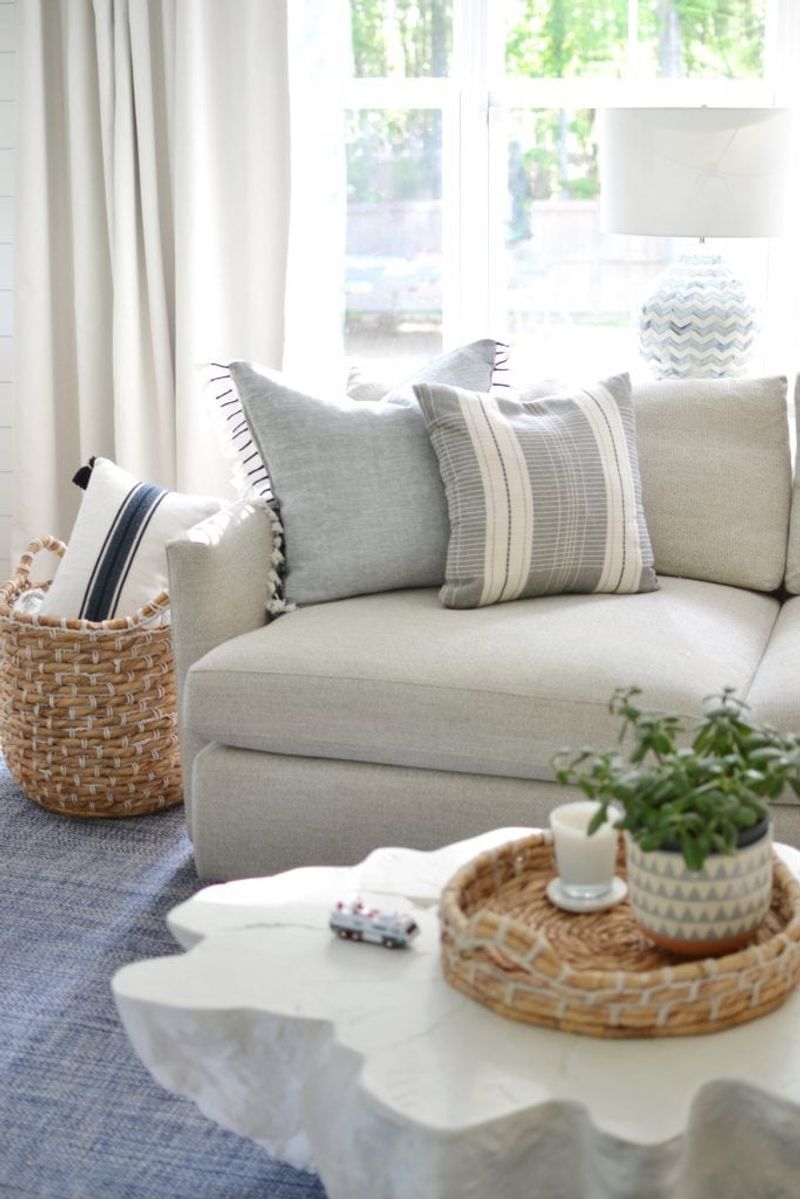
If you’ve got sticker shock from designer pillow prices, you’re not alone. Even the pros hunt for budget-friendly options at places like HomeGoods and Target for their personal spaces.
Sometimes they’ll buy inexpensive pillow covers and swap them seasonally. The secret? Focus on interesting textures rather than elaborate patterns that might quickly feel dated.
Many designers also recommend buying just the covers when possible, storing the inserts and changing only the exterior for an affordable refresh.
3. Picture Frames
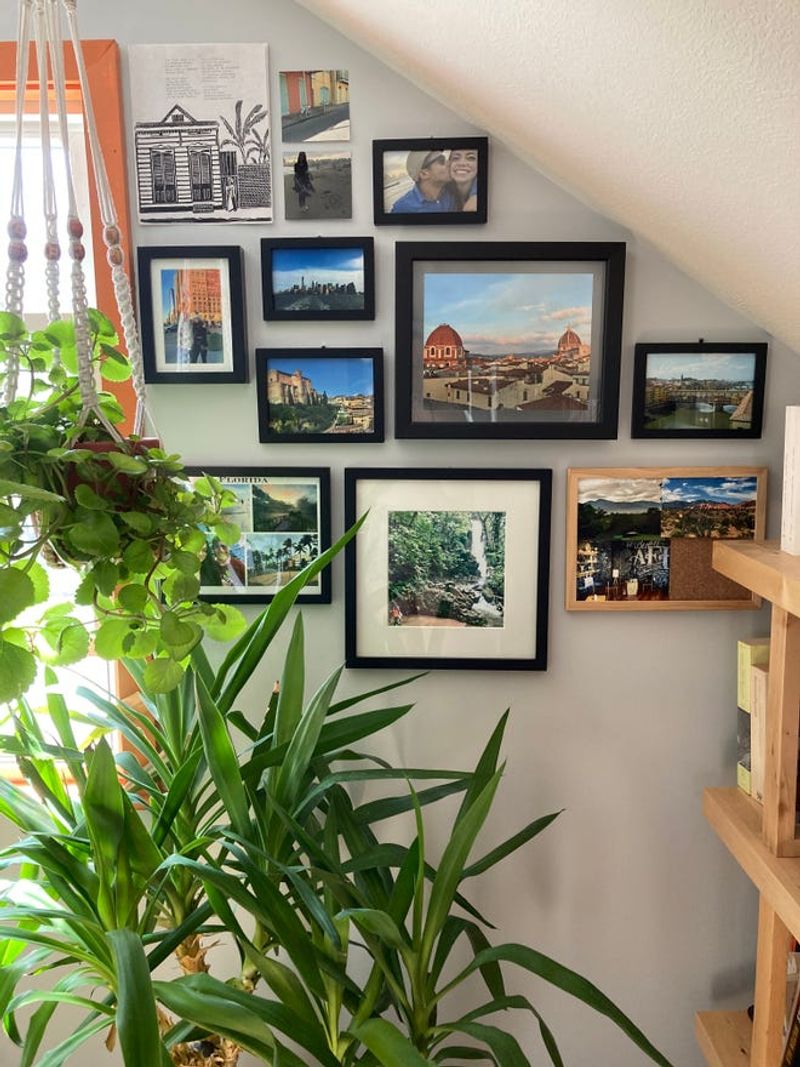
Who knew those sleek black frames in designer homes often come from budget retailers? Designers frequently grab simple frames from IKEA, Target, or even dollar stores.
What matters isn’t the price tag but consistency in style and color throughout a space. Many professionals will buy inexpensive frames then spray paint them all the same color for a cohesive gallery wall effect.
Custom framing gets saved for truly special pieces, while family photos and everyday art look just fine in budget frames.
4. Side Tables
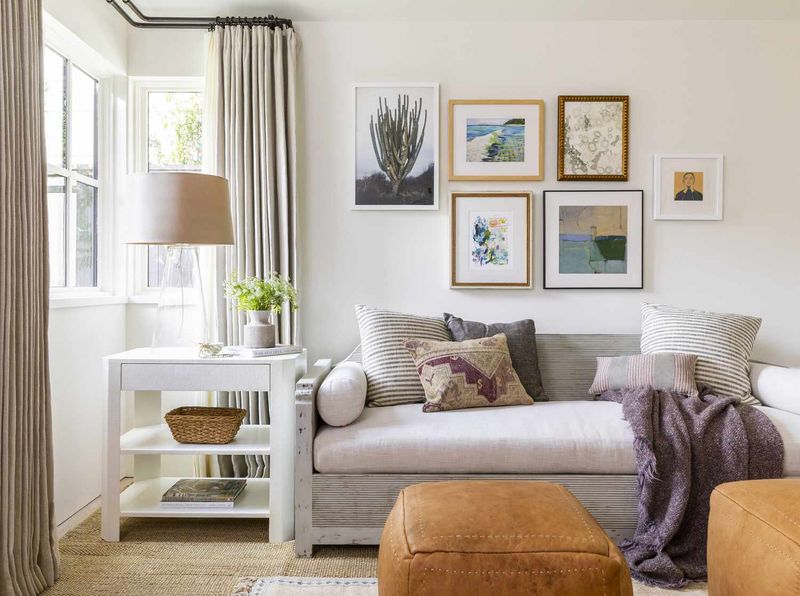
Functional side tables rarely need to be investment pieces. Designers often source these practical items from thrift stores, flea markets, or budget-friendly retailers.
Since side tables serve mainly as landing spots for drinks, books, and lamps, they don’t need to withstand the same wear as dining tables or coffee tables.
Many professionals actually prefer interesting vintage finds with character over new pieces. Some even use unexpected objects like garden stools, stacked vintage suitcases, or repurposed crates as unique alternatives.
5. Basic Bedding

Though designers might splurge on a quality mattress, they often economize on basic white sheets and duvet covers. Brands like IKEA and Target offer surprisingly good cotton options that wash well.
Where does the magic happen? With inexpensive but well-chosen accent pillows and throws that can be changed seasonally.
Many professionals recommend investing in just one set of luxury sheets for guests while using budget-friendly options for everyday. The crisp, hotel-like look comes from proper ironing and presentation, not necessarily price.
6. Bathroom Accessories

Fancy soap dispensers and toothbrush holders rarely justify premium prices. Designers often grab these functional items from HomeGoods, Target, or even repurpose pretty containers from around the house.
Glass jars, ceramic bowls, and simple trays can elevate the look without the designer price tag. Many professionals recommend focusing budget on quality fixtures instead, which have more impact on the overall bathroom feel.
For their own homes, designers often choose simple white ceramic accessories that blend with any decor and can be easily replaced.
7. Decorative Books
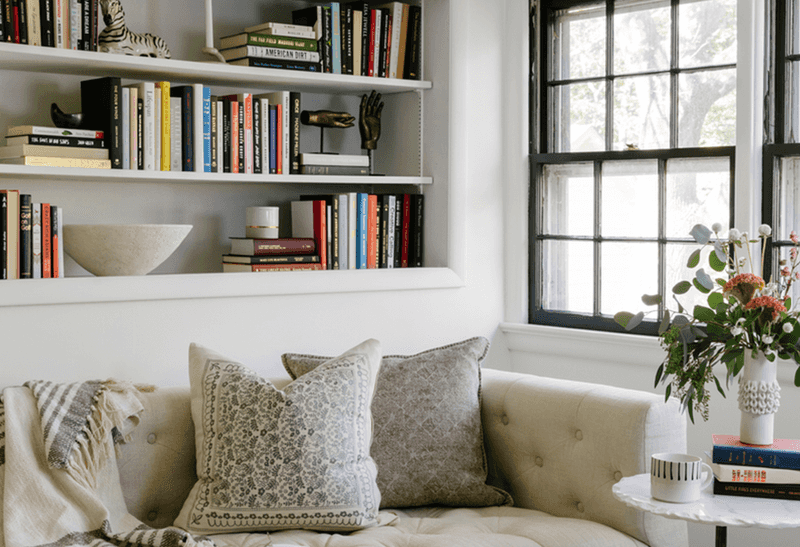
Those artfully arranged coffee table books in designer homes? Often secondhand finds! Thrift stores, estate sales, and used bookshops yield gorgeous hardcovers for a fraction of retail prices.
Color matters more than content for purely decorative stacks. Some designers even remove dust jackets to reveal more uniform binding colors that complement the room’s palette.
While they might splurge on one statement art book, the supporting cast usually comes from budget sources, with spines chosen to coordinate with the room’s color scheme.
8. Baskets and Storage
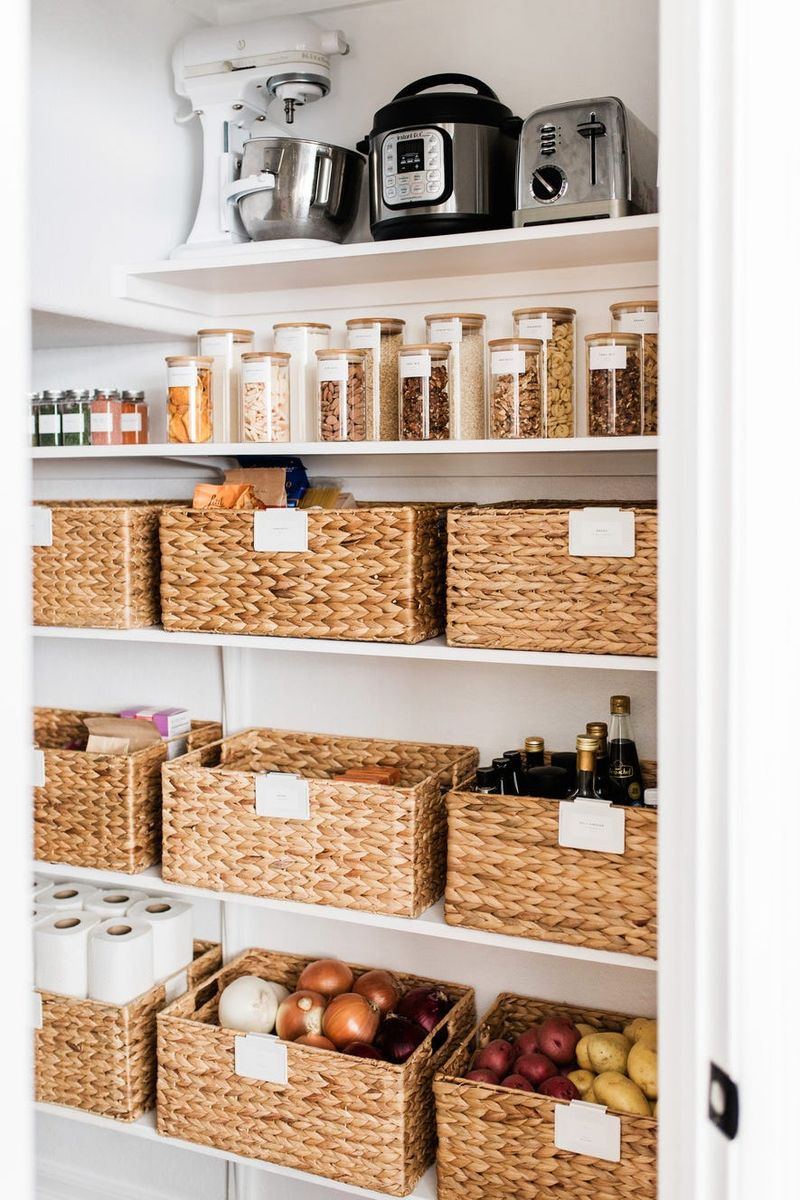
Storage solutions don’t need designer labels to look good. Designers regularly shop at discount stores like HomeGoods, IKEA, and even grocery stores for baskets and bins.
Natural materials like seagrass and water hyacinth look expensive regardless of price point. The trick lies in buying multiples of the same style for visual consistency.
While a signature basket might be worth the splurge for a focal point, most designers fill closets and shelves with budget-friendly options that deliver the same organizational benefits as their pricier counterparts.
9. Vases

Contrary to what you might think, designers rarely spend big on flower vessels. Clear glass vases from craft stores or simple ceramic options from budget retailers work perfectly for most arrangements.
Many professionals keep a collection of inexpensive cylinder vases in various heights for versatility. The flowers themselves create the impact, not the container.
Some designers even repurpose interesting bottles, jars, or containers as unique vases, proving that creativity often trumps cost when displaying botanical elements.
10. Decorative Mirrors
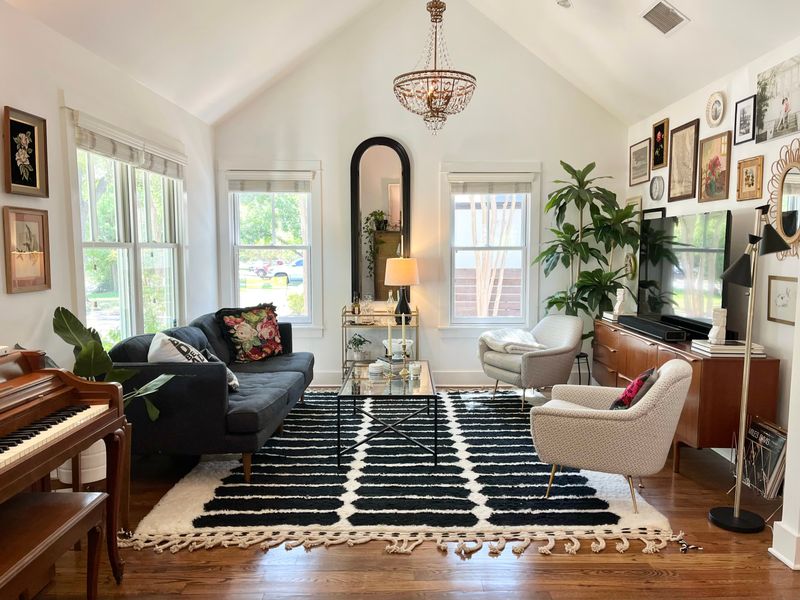
While statement mirrors can be investment pieces, designers often find affordable options for secondary spaces. Discount home stores and even big box retailers offer simple mirrors that look much more expensive than they are.
The trick? Look for clean lines and simple frames that won’t quickly date. Some designers buy plain mirrors and add their own frames or paint existing frames to match a room’s color scheme.
For their personal spaces, many professionals hunt vintage shops and flea markets where unique mirrors can be found for a fraction of retail prices.
11. Cabinet Hardware
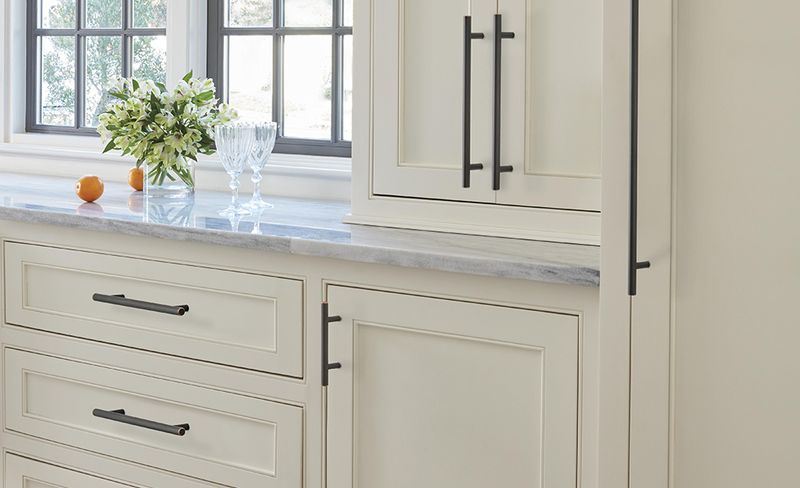
Those pretty knobs and pulls you see in designer kitchens often come from surprisingly affordable sources. Big box home improvement stores and online retailers offer options that look virtually identical to high-end versions.
Hardware is one area where the visual difference between budget and luxury options can be minimal. Many designers save here knowing that standard sizes make future updates easy.
For their own homes, professionals often choose simple, timeless styles in brushed brass or matte black that won’t quickly look dated.
12. Seasonal Decor
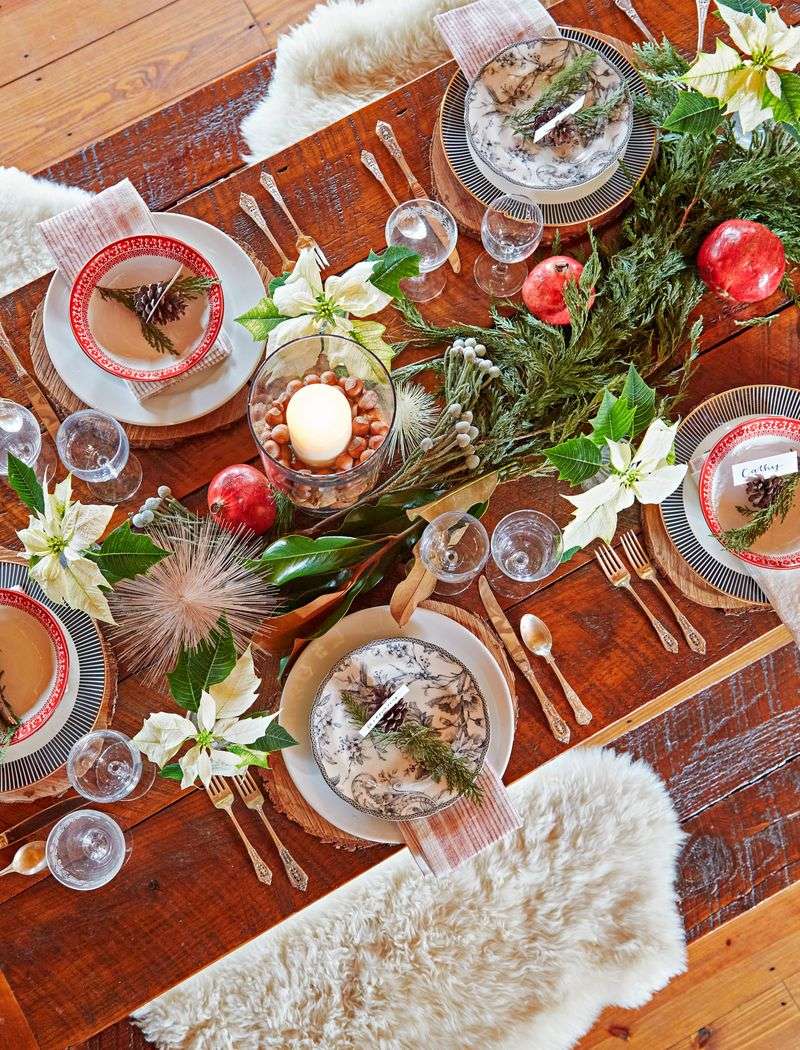
Holiday decorations stay packed away most of the year, making them perfect candidates for budget shopping. Designers regularly hit post-season sales for next year’s festive items.
Many professionals mix a few quality pieces with affordable fillers from craft stores and discount retailers. Natural elements like pinecones, branches, and citrus fruits often form the backbone of designer holiday displays regardless of budget.
Some even make their own wreaths and garlands, knowing these items have limited showing time and will need refreshing every few years anyway.
13. Wall Art Prints
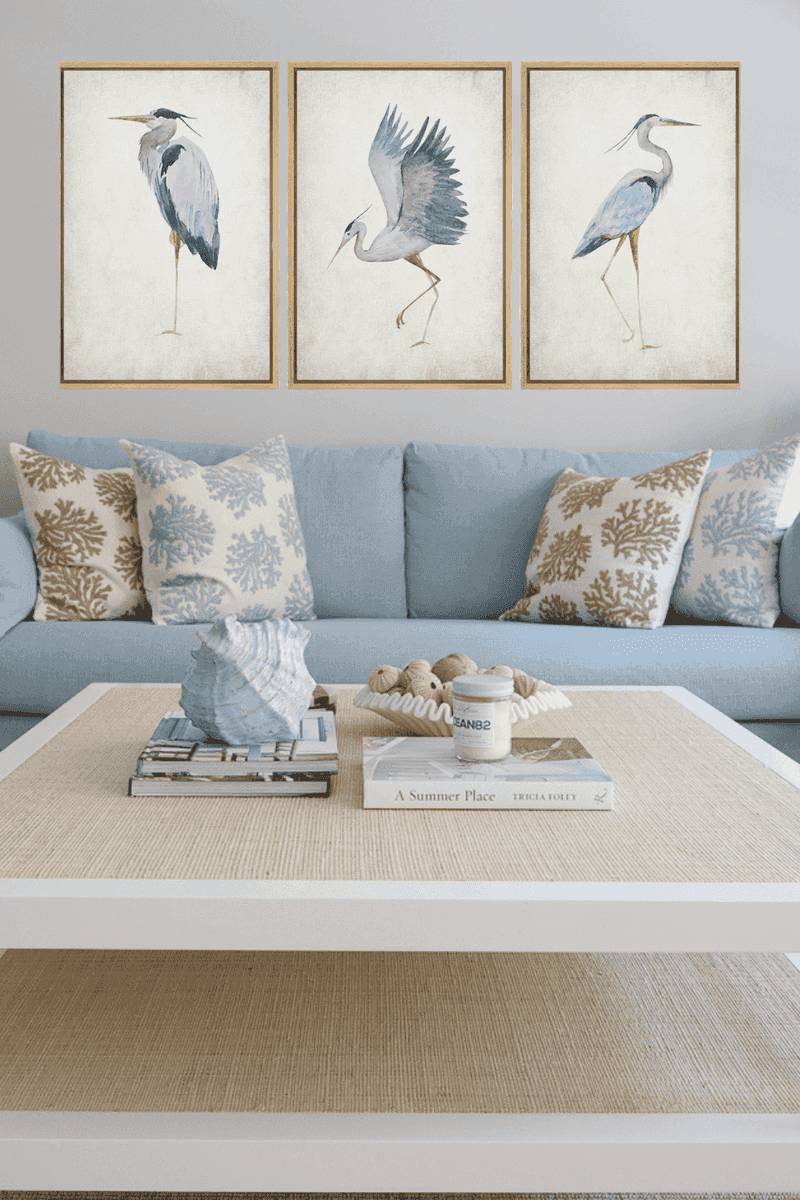
While original artwork might be worth investment, designers often economize on supplementary wall decor. Downloadable prints from Etsy or sites like Society6 provide affordable options that can be swapped out as tastes change.
Many professionals frame inexpensive art book pages, vintage maps, or even giftwrap for unique wall decor. The frame itself often matters more than what’s inside it for creating visual impact.
For their own spaces, designers might splurge on one statement piece while surrounding it with budget-friendly prints that complement the overall color scheme.
14. Decorative Plants
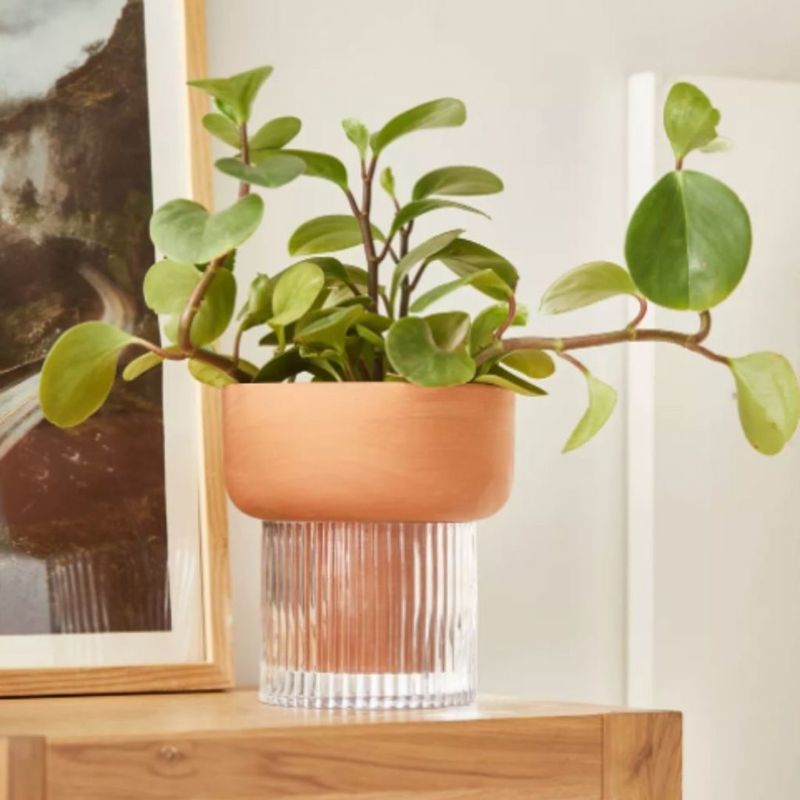
Greenery brings life to any space, but designers rarely spend big on the containers. Basic terracotta pots or simple white ceramic planters from garden centers work just as well as expensive versions.
Some professionals even use grocery store plants in simple vessels rather than specialty nursery varieties. The plant itself creates the impact, while the pot simply needs to be appropriately sized and not distracting.
Many designers save by propagating their own plants from cuttings, creating multiple plants from one initial purchase.
15. Curtain Hardware
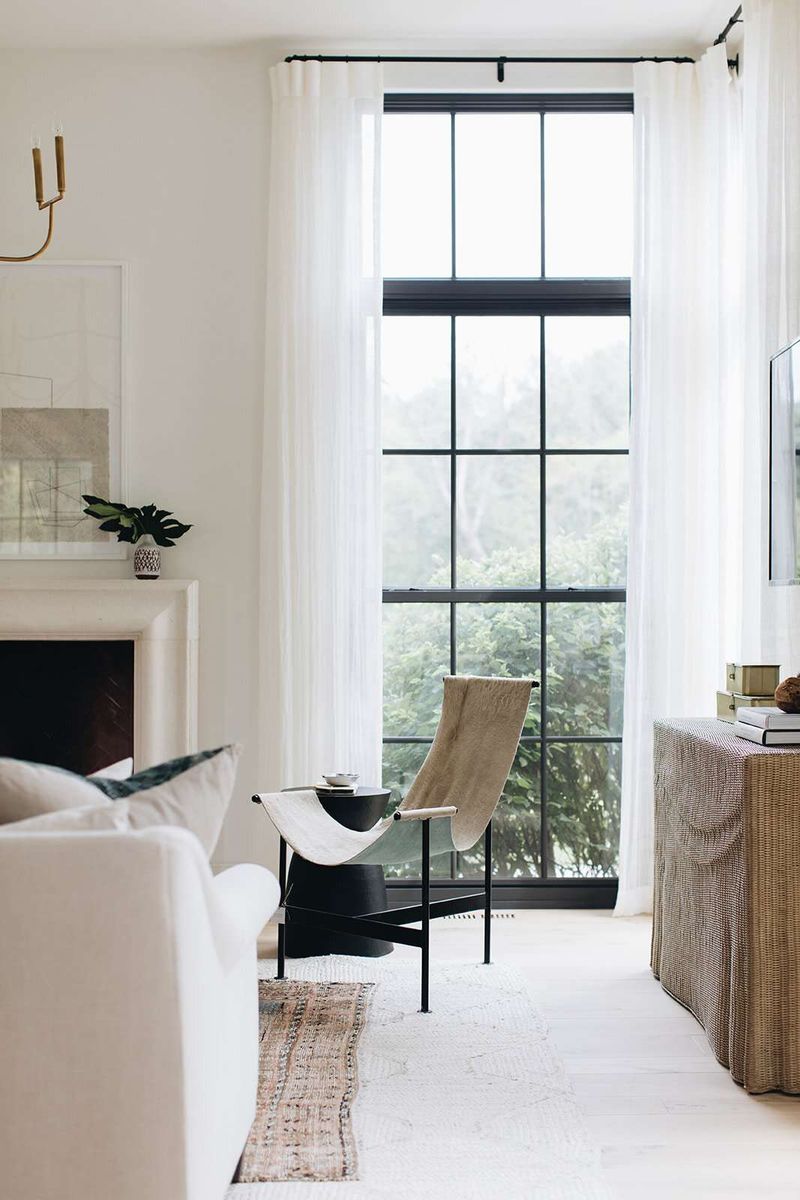
While fabric quality matters for drapes, the rods and rings that hold them up can often be budget finds. Designers frequently use basic hardware from big box stores, knowing they’ll largely go unnoticed once curtains are hung.
Many professionals choose simple black or metal rods that blend with the window frame. The visual impact comes from the fabric and proper hanging height, not from elaborate finials or custom brackets.
For their own homes, designers often install inexpensive hardware, saving their budget for quality window treatments that make a bigger difference.
16. Drawer Organizers
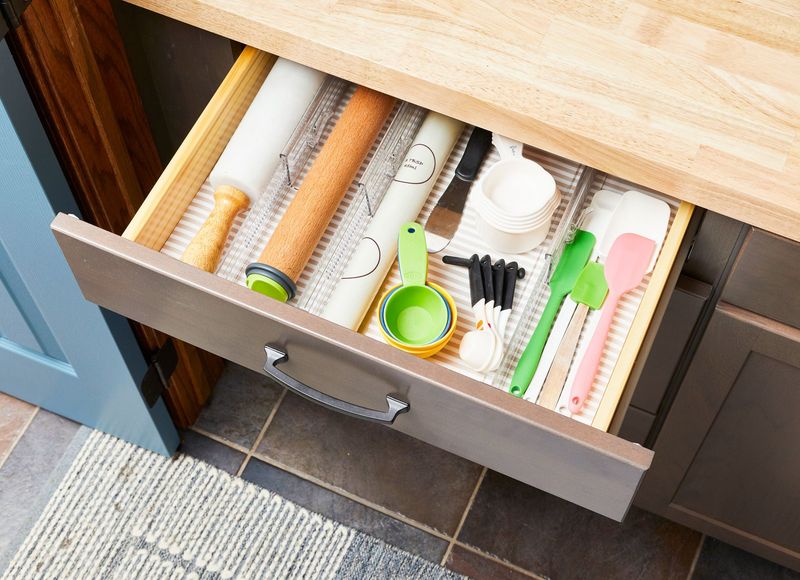
Hidden organization tools rarely justify premium prices. Designers typically use budget-friendly drawer dividers and organizers from stores like IKEA, Container Store, or even repurposed household items.
Small boxes, trays, and even cut-down cereal boxes can create effective drawer organization systems. Since these items remain hidden from view, their appearance matters far less than their functionality.
Many professionals recommend saving on these practical items and putting the budget toward visible elements that make a stronger design statement.
17. Coasters
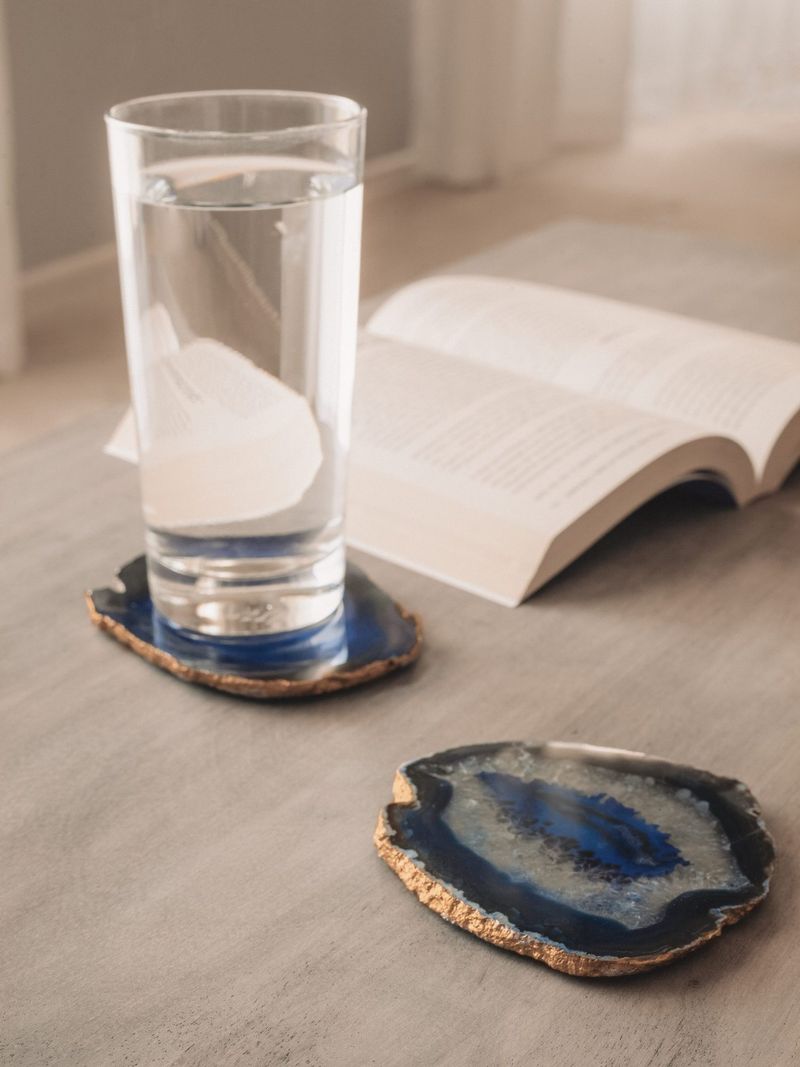
Functional items like coasters rarely need designer price tags. Professionals often source these practical accessories from budget retailers or even make their own from tile samples or natural materials.
Simple stone, cork, or ceramic coasters work just as effectively as expensive versions. Many designers choose basic styles that blend seamlessly with decor rather than making a statement.
For their own homes, they might use collected items like slices of agate or marble remnants that combine function with natural beauty at minimal cost.
18. Placemats and Table Linens
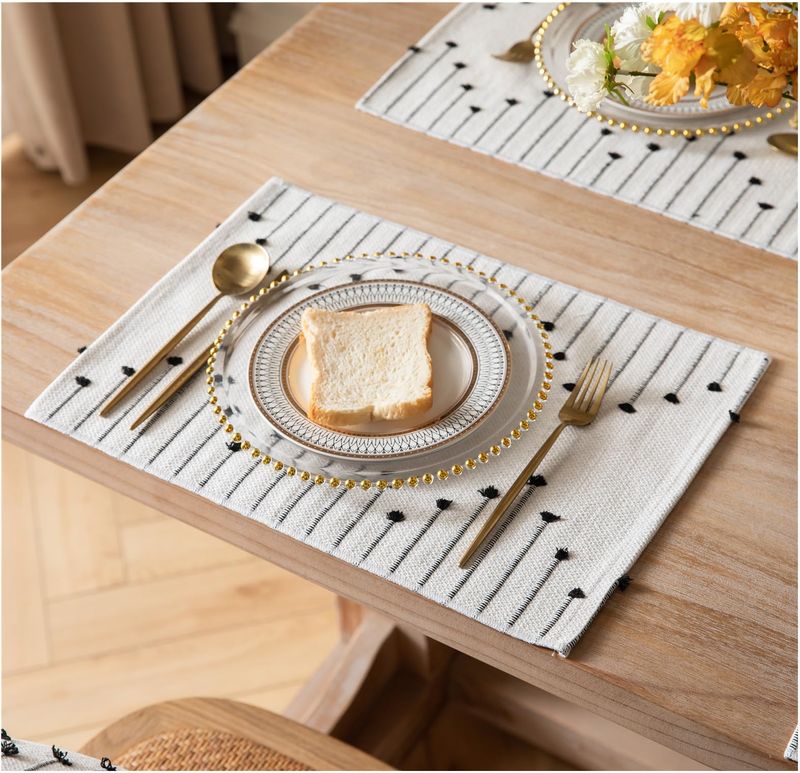
Table linens get stained and need frequent replacement, making them perfect candidates for budget shopping. Designers often grab these items from discount home stores or even the clearance section of department stores.
Professionals recommend simple, neutral options that work across seasons. Machine-washable natural fibers like cotton and linen offer the best combination of looks and practicality regardless of price point.
For their own homes, designers might own one set of quality linens for special occasions while using affordable options for everyday dining.

